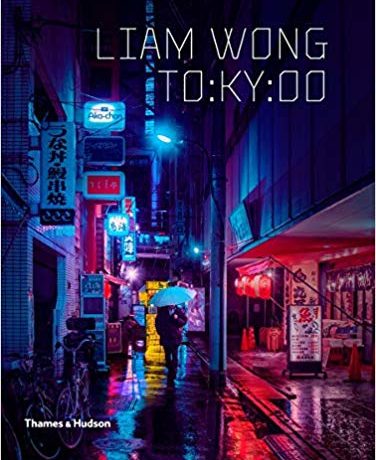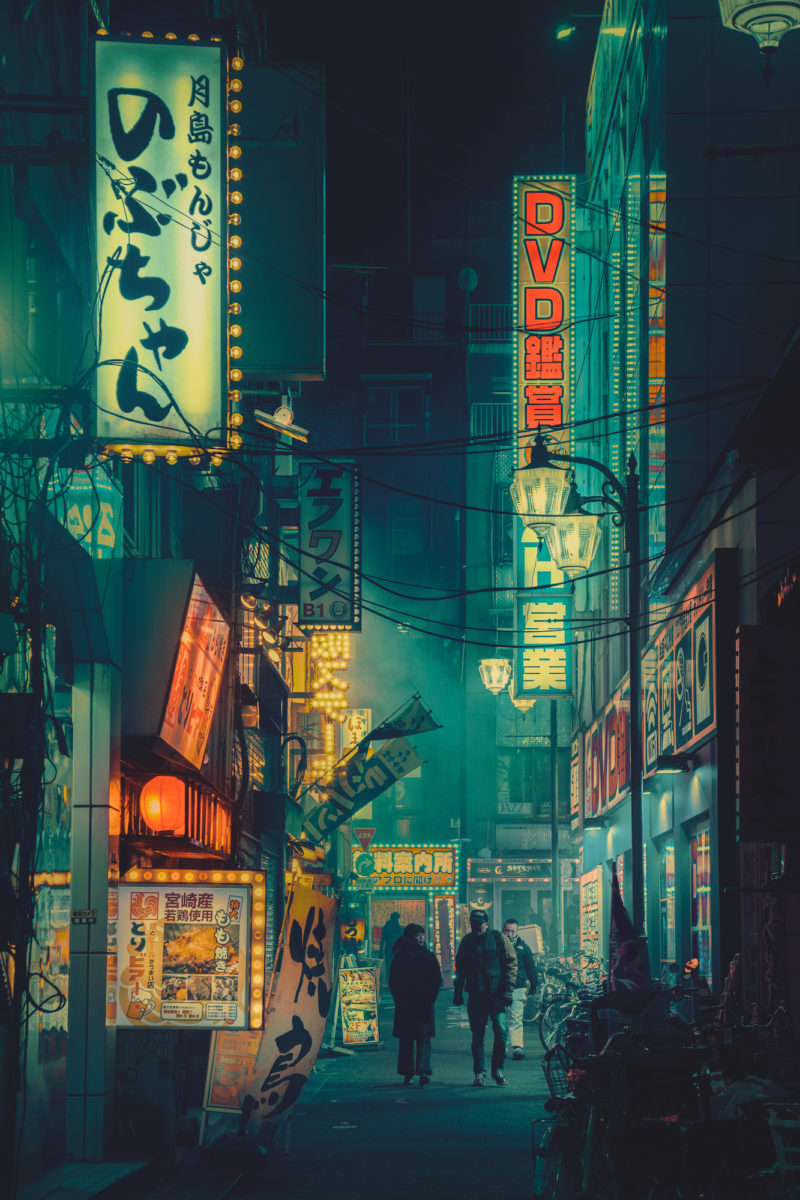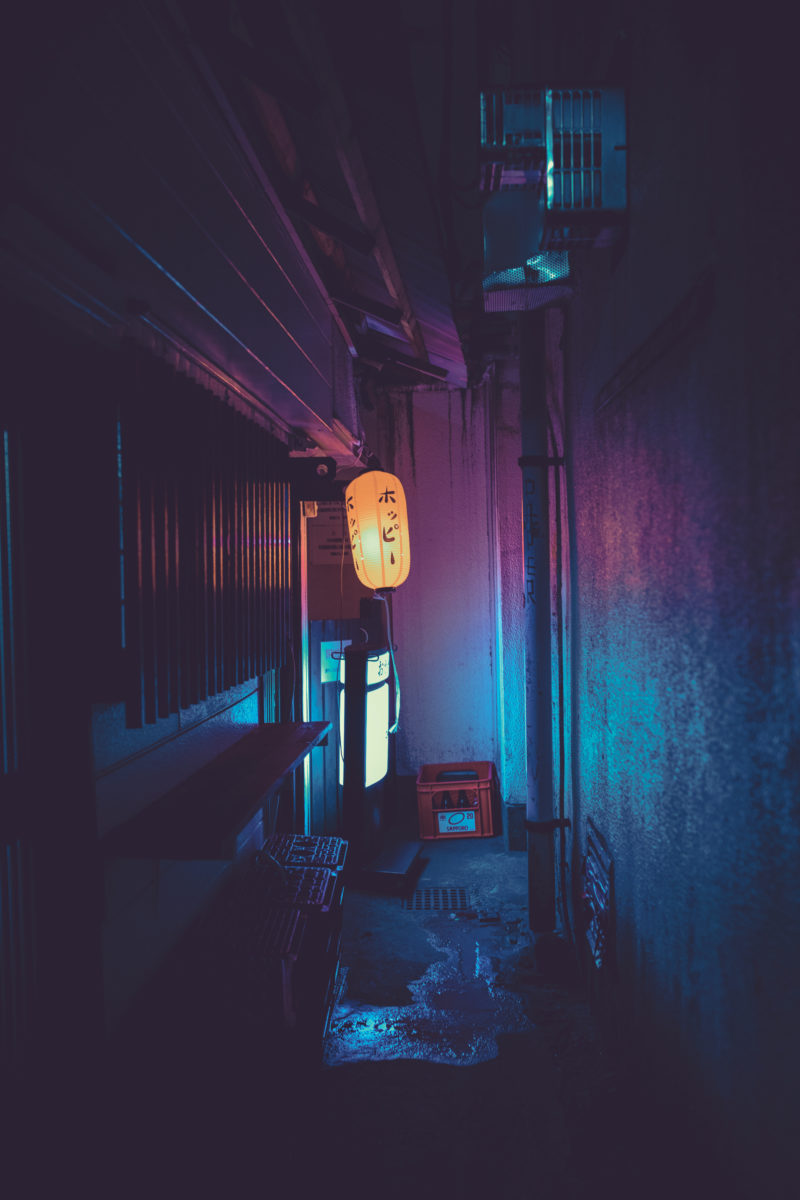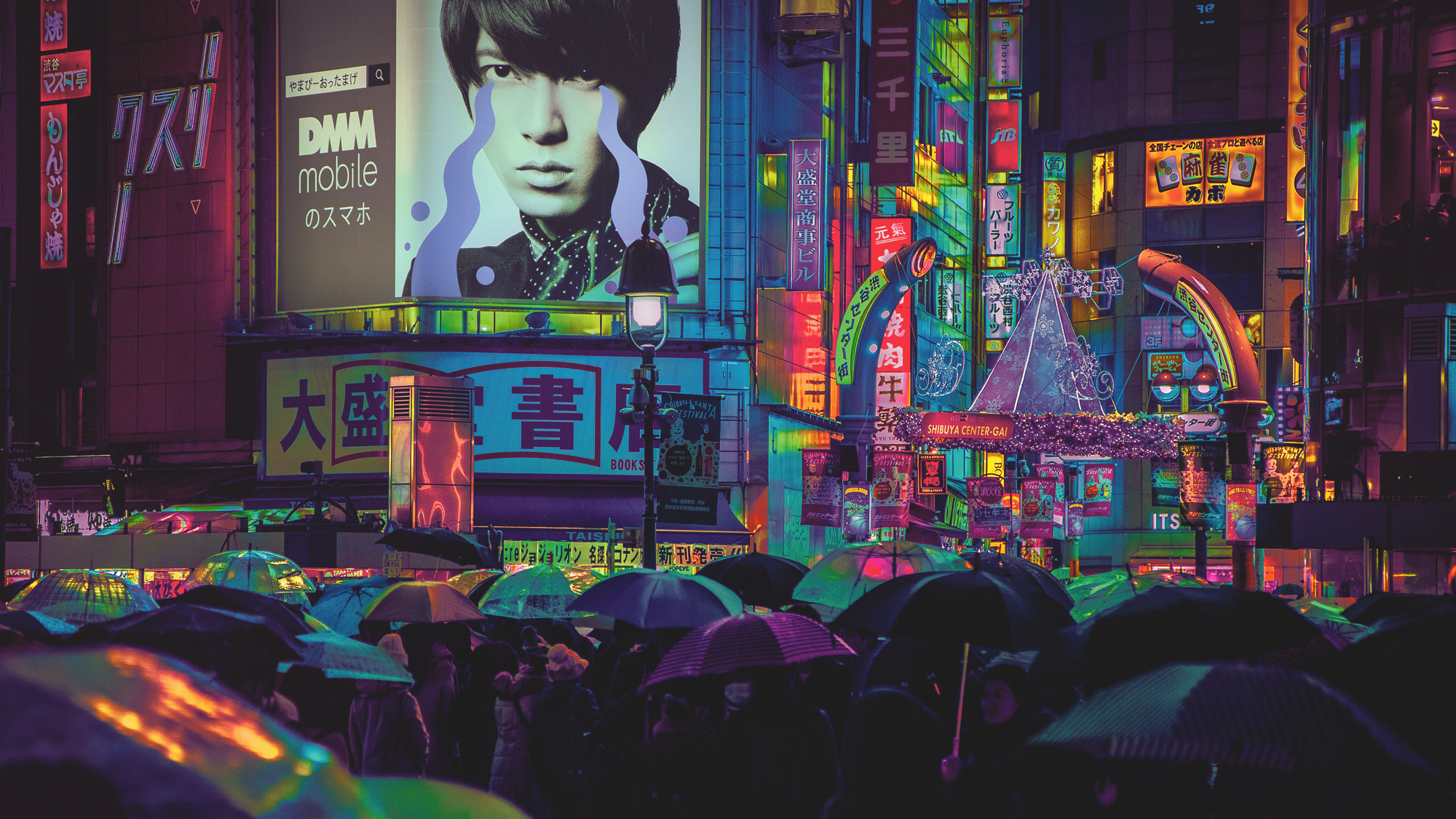
Tokyo is the ultimate sci-fi city. The sprawling metropolis stretches high into the sky, emblazoned with illuminations advertising floors of restaurants, karaoke, pachinko and video arcades, while narrow lanes peppered with wooden screens and the warm glow of izakaya lanterns snake through the grid below. This clash of aesthetics gives it a distinct, retro-futuristic sensibility, where you feel as if you are in a noir film one moment, and a high-octane anime adventure the next.
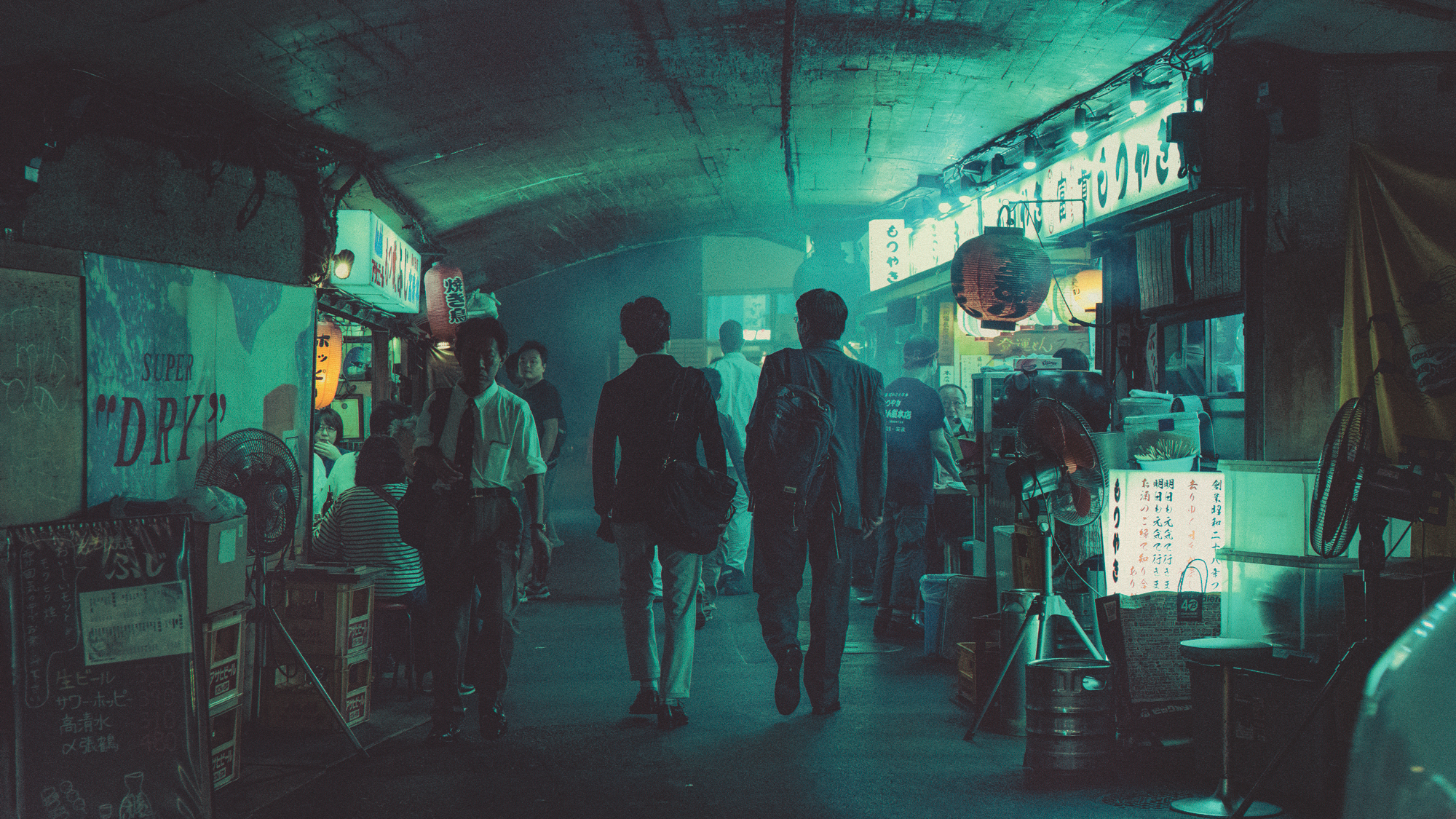
‘Blade Runner Vibes’⁄00:49:51 © Liam Wong
It should come as no surprise, then, that Liam Wong was entranced by the city the moment he arrived. As a prominent video game designer, he was immediately filled with an intense sense of déjà vu, as the architecture that framed a lifetime of game play stretched out before him. On his first trip, scheduled as part of a press tour for the first-person shooter Far Cry 4
, Wong had no motive other than artistic reference when he began snapping shots on his phone, but what began as a rather elevated form of tourist picture-taking soon took on a life of its own.
“It is precisely Wong’s lack of conventional photographic training that gives his images such unique flavour”
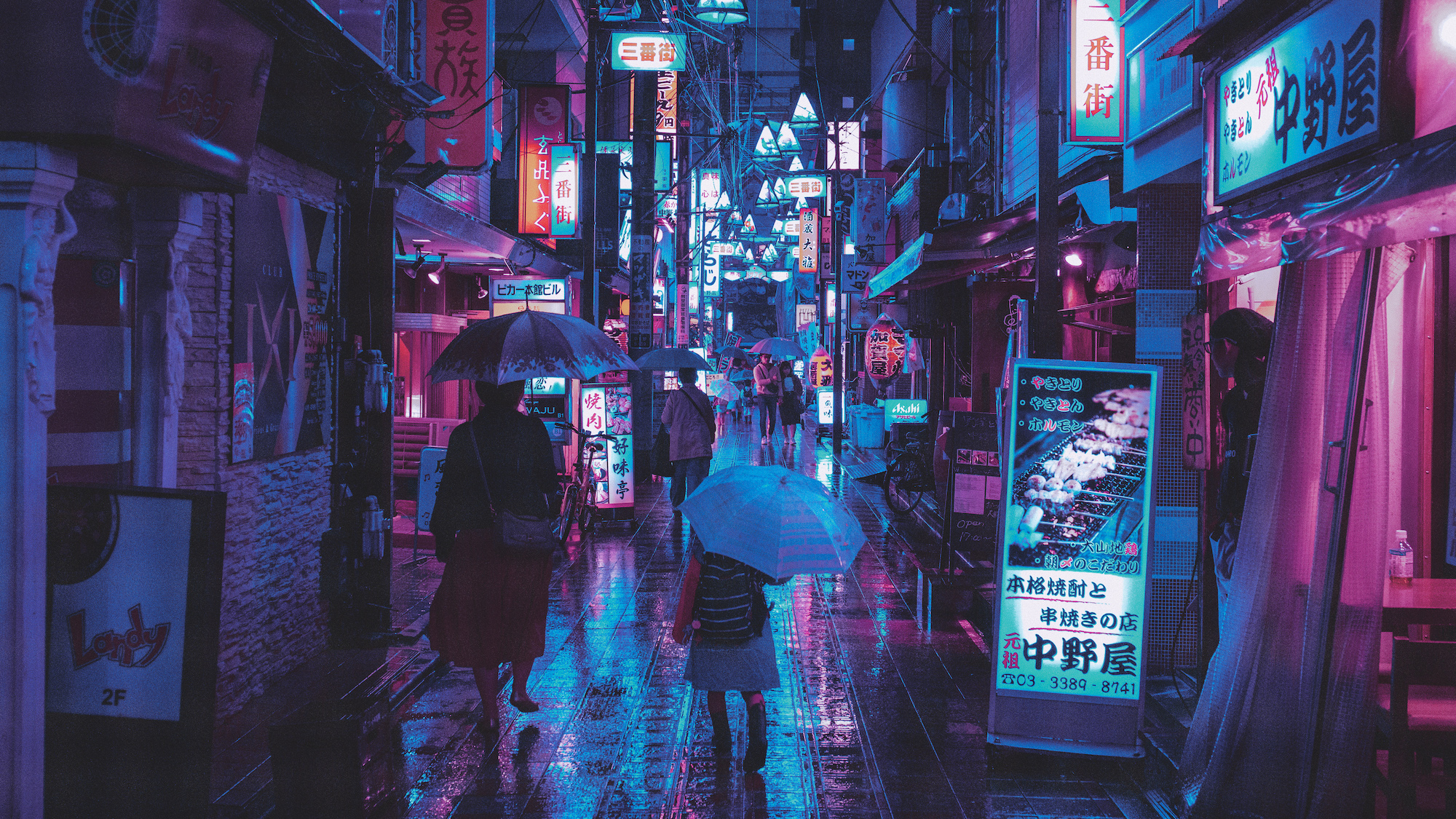
The result is immortalized in his new book TO:KY:OO, an idiosyncratic title that plays on the format of the digital clock. It is this ode to the time stamp that identifies each of Wong’s images and foregrounds his methodology, which takes place exclusively at night, and preferably in the rain. His motif comprises dramatic patterns of shadows obliterated by artificial light, and the blurred, glistening surfaces of wet concrete.
The result is positively cinematic. Wong takes as much care over the warped folds of a damp umbrella as he does the complex geometry formed by Akihabara
skyscrapers. This attention to detail recalls the mise en scène carefully crafted by Ridley Scott and Jordan Cronenweth in Blade Runner (1982), not to mention ground-breaking anime such as Akira (1991) and Cowboy Bebop (1998).
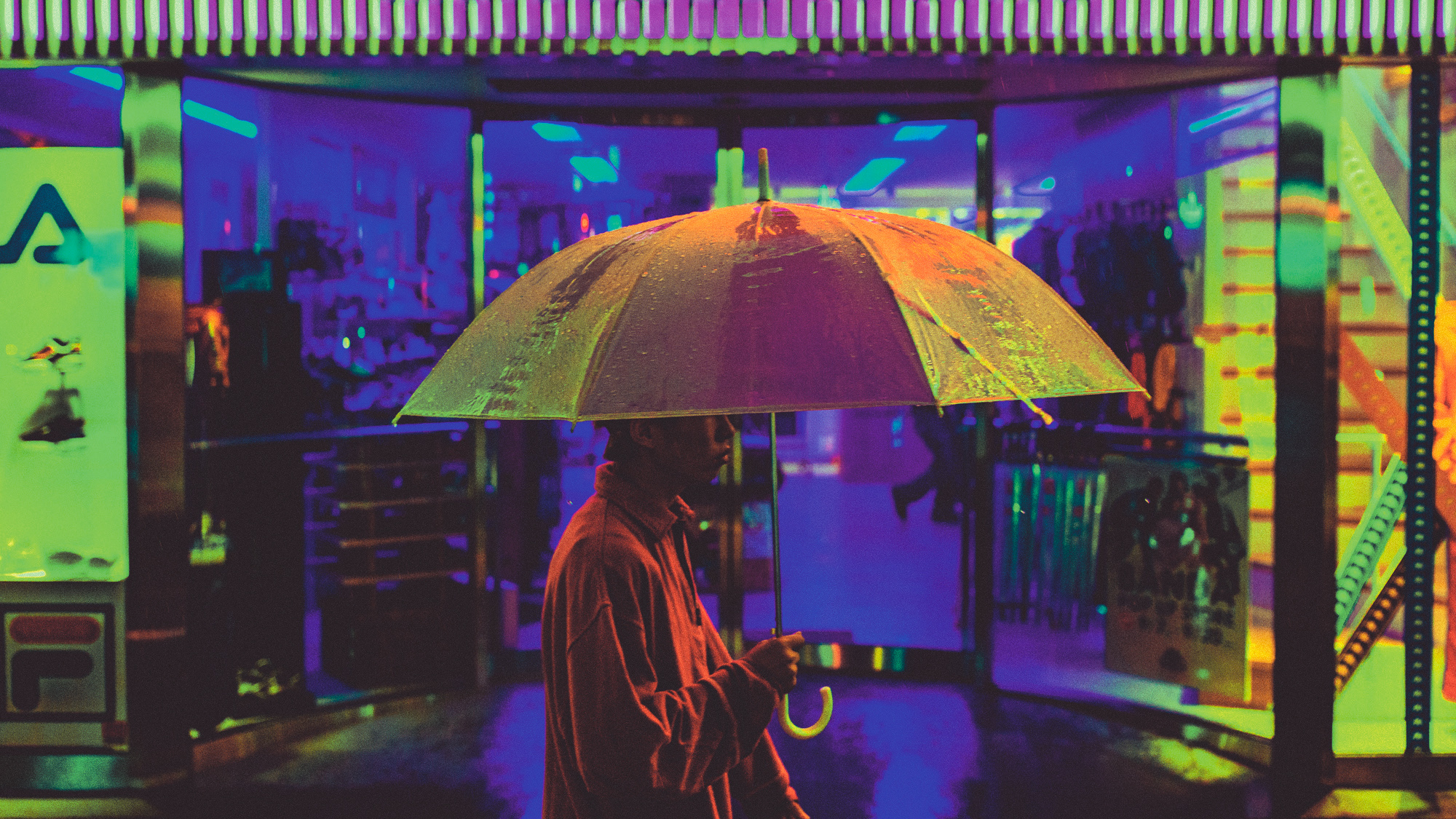
It is precisely Wong’s lack of conventional photographic training that gives his images such unique flavour. He admits that, after investing in a digital SLR camera, he originally began fumbling his way through the technical aspects while shooting on “auto”. Despite taking hundreds of images, he never made the connection between this new pastime and his day job until friends explicitly brought it to his attention.
It was then that Wong relinquished the preconceived “rules” of photography which, to his mind at least, demanded that original shots should not be doctored or altered. He subsequently began using hyper-saturation and digital manipulation to build images that are so textural that they might be mistaken for paintings, or the very distinct craft of “concept art”, where illustrations are used to set the tone from which a movie or game scene is built.
Wong describes the process: “I take real moments and transform them into something surreal, to make the viewer question the reality depicted in each photograph.” The level of intervention differs wildly from shot to shot, encouraging you to carefully consider every surface and question your own memories (if you know the city) and fantasies (if you don’t).
“The result is positively cinematic. Wong takes as much care over the warped folds of a damp umbrella as he does Akihabara skyscrapers”
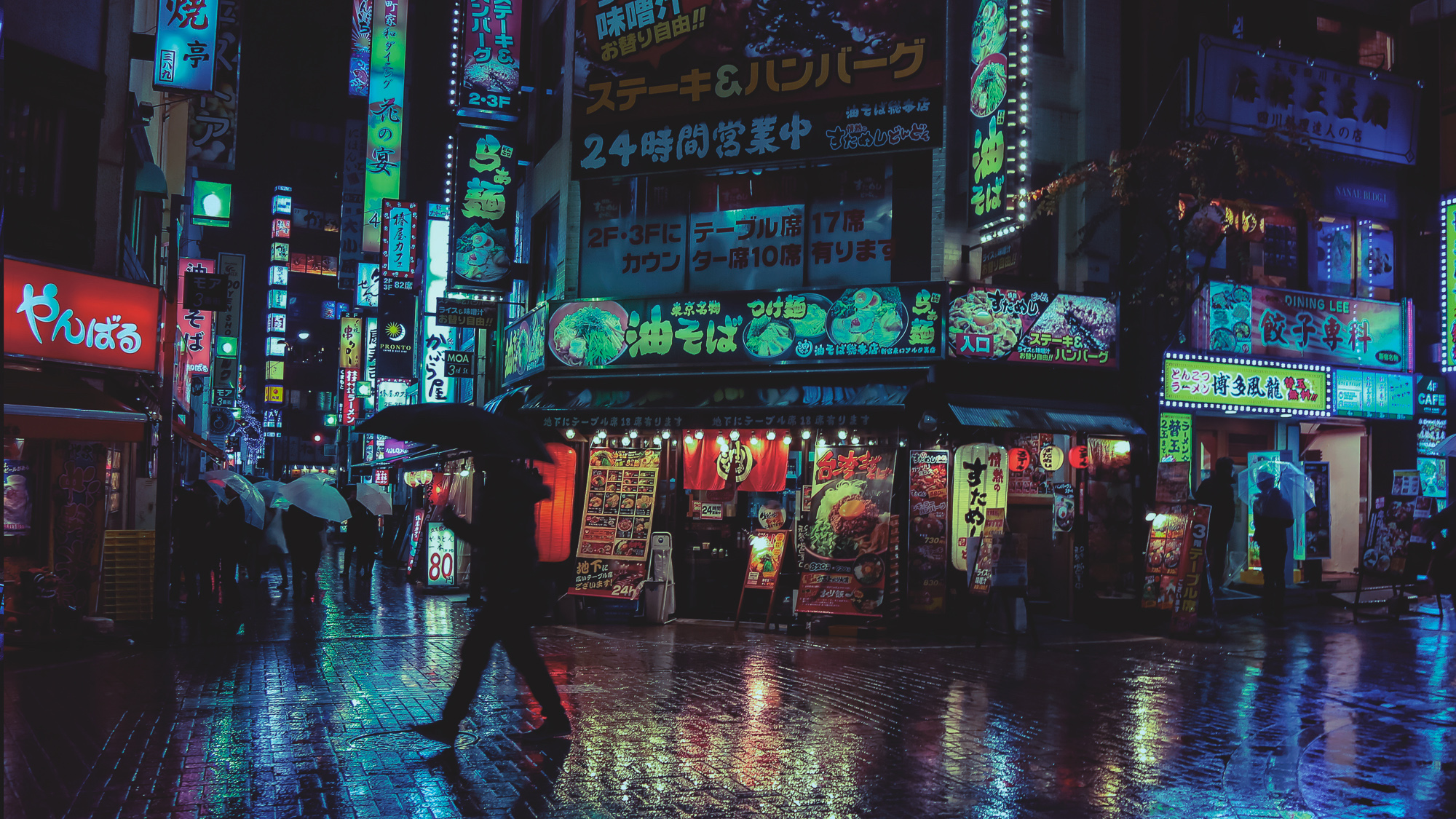
However, being made aware that these high pigment thresholds and artfully structured blurs might be enhanced or fabricated does not make one feel cheated. In fact, this intervention almost magnifies the legitimacy of these images, because Wong not only captures what can be seen through the naked eye, but the extreme sensory experience that is Tokyo. Whether it is the blazing lights of Roppongi, or the eerie solitude of a back alley at dawn, he captures something distinct yet strangely imperceptible: the essence of a romantic sci-fi capital that always feels out of this world.
